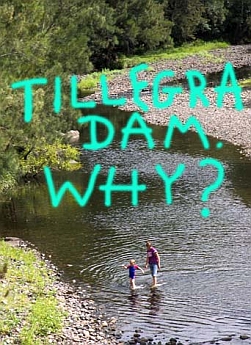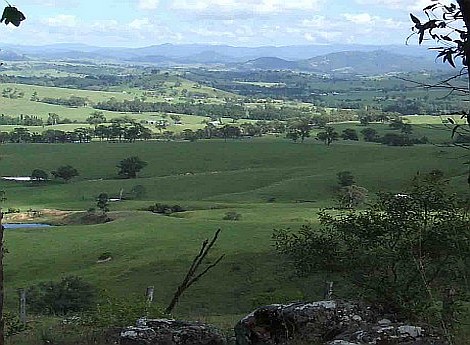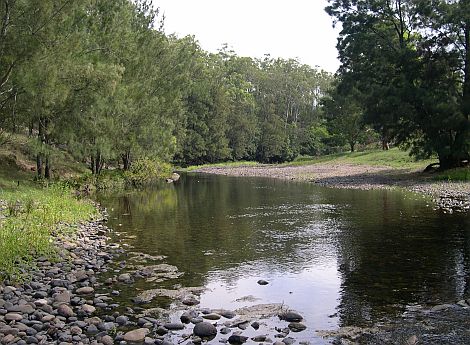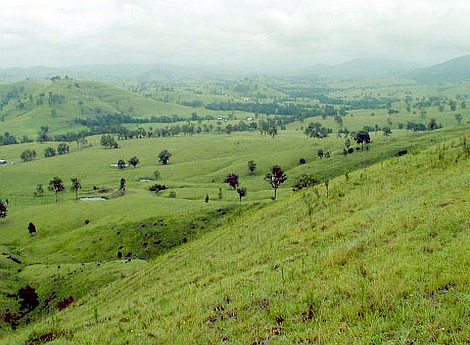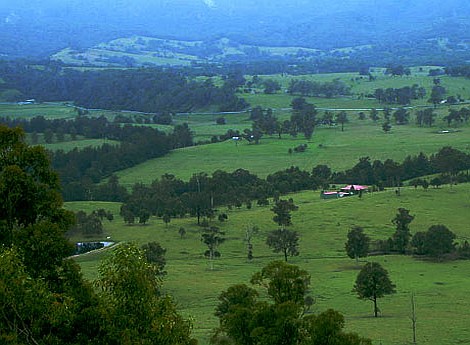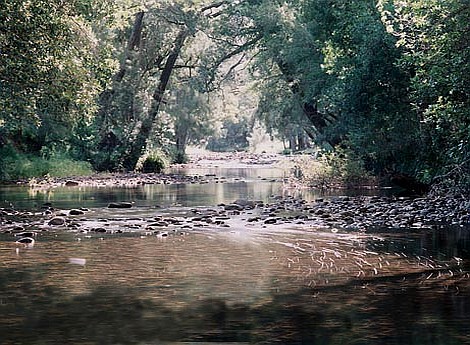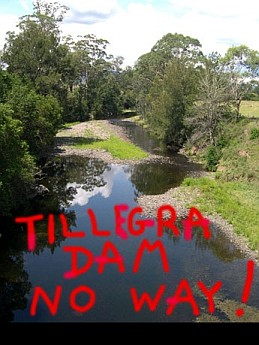A Dam by any Other Name
Minister Pearce can “pour cold water on a desal option” without going through a process with “integrity that involves scientific assessment and community consultation” and yet cannot rule out Native Dog Creek (a dam on the same site as Tillegra Dam) which has been through this process by the Department of Planning (New water plan checks Hunter’s drought risks, Newcastle Herald, 1 August).
The Department of Planning undertook a review of the Tillegra Dam (aka Native Dog Creek Dam) proposal over an 18 month period, which was rigorous and scientifically based with independent reports. It was only Hunter Water’s methods that were questionable.
It is of concern that augmentation, especially dams, seems to be on the radar again by the Government, without mention of more efficient, cost effective and sustainable solutions. Dams are outdated technology which cause significant economic, environmental and social costs. These costs include the financial burden to water rates payers, the debt burden on a State owned enterprise, the loss of river ecosystems and serious threats to biodiversity. Other options, therefore, should be explored, based on the lowest impact for the required water.
Analysis by the Institute for Sustainable Futures found that by implementing water conservation and demand management programs, similar to those currently in place in Sydney, all future water needs of the Lower Hunter region can be adequately met for, at least the next 40 years. This alternative analysis maintains acceptable levels of water security without requiring new dams, while still accounting for the high-end prediction of population growth in the Lower Hunter region.
Analysis by the Institute for Sustainable Futures also demonstrated that the cost of implementing water conservation and demand management programs necessary to meet the projected increases in demand in the Lower Hunter for the next 40 years would be about $44 million in net present value terms. This would be much more cost effective than a new dam.
The Inquiry into Melbourne’s Water Supply (June 2009) found that: ‘Given the current climate change predictions and that over 80 per cent of Melbourne’s water supply is rainfall dependent, the Committee believes that there is an urgent need to diversify the city’s water supply rather than invest in the construction of new dams. On this basis alone the Committee does not support the option of supplementing Melbourne’s water supply with new dams.’
The Department of Planning’s independent reviewer for the Tillegra Dam proposal, Centre for International Economics, also found that Hunter Water needed to diversify its water portfolio strategies.
The Hunter community has spoken out that no dam by any name, Tillegra or Native Dog Creek is welcome. By including Native Dog Creek as an alternative in the new planning process, Minister Pearce is revisiting an option which has already been ruled out by the Department of Planning and the Hunter community.
For more information contact; Carol Pasenow 0427 607 491
